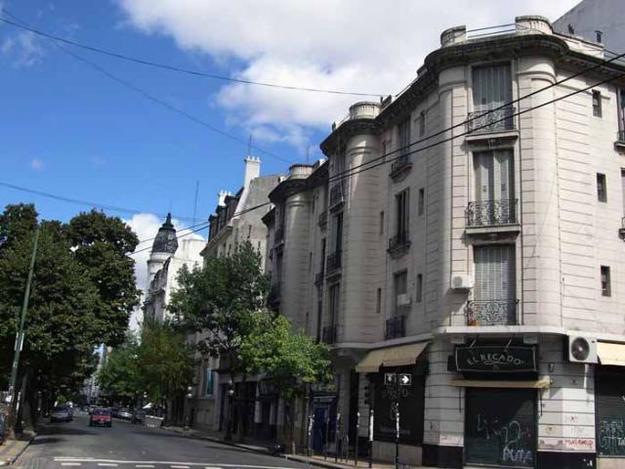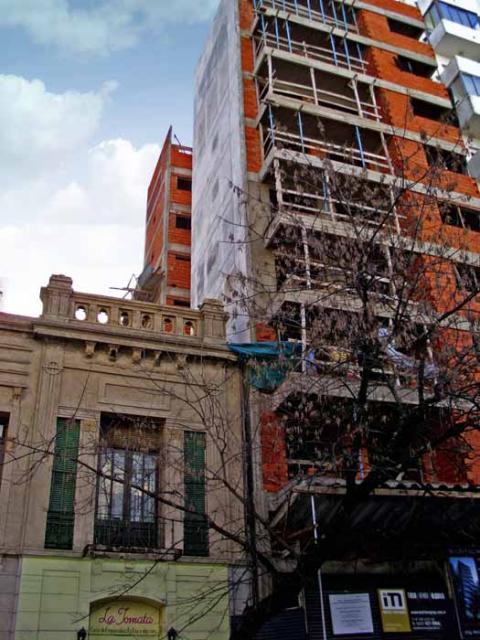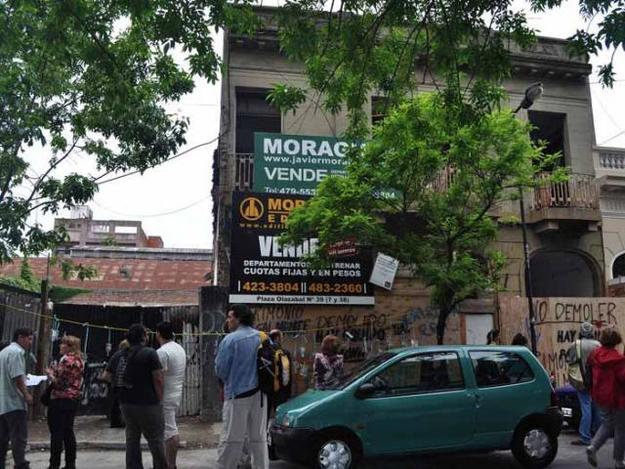City of la Plata
2012 World Monuments Watch
Founded in 1882 and incorporating a pre-existing urban layout, La Plata is the administrative, political, and judicial center of the Buenos Aires Province. Designed according to the precepts of the City Beautiful and Rationalism movements, the urban grid is intersected by two main diagonal avenues that cross at the town square, where the Municipal Building and Cathedral are located. Open space is abundant in the La Plata, with its wide, tree-lined sidewalks, compact city blocks with buildings surrounding a green core, and smaller plazas along six blocks in every direction.
La Plata’s architecture is representative of the city’s immigrant history, with styles ranging from German Baroque to French Art Nouveau, Italian Renaissance, and Spanish Colonial. At the time of the city’s inclusion on the 2012 World Monuments Watch, insufficient preservation ordinances, development pressures, and changes to local policy endangered not only important buildings but the historic scale and layout of the urban landscape as well. Increased awareness of the threat to La Plata’s built heritage and city plan was necessary, as was a platform for the community to voice its concerns.
Watch Day
Watch Day was celebrated in October 2012 at the National University and included lectures and a workshop about the environment for high school students. The events concluded with a screening of short films about the development of the historic city and the loss of its heritage.
Since the Watch
Shortly after the announcement of the 2012 Watch in October 2011, several sites in La Plata were declared historic monuments by the Cómision Nacional de Museos y de Monumentos y Lugares Históricos. Around the same time almost all of the candidates for City Council and the Senate agreed to sign a pledge to protect the built heritage of La Plata. Several years later in April 2013, the city sustained major damage as the result of flooding. Advocates attributed the problem to sprawl and the paving of green areas, and they continued to protest and demonstrate against uncontrolled development.




